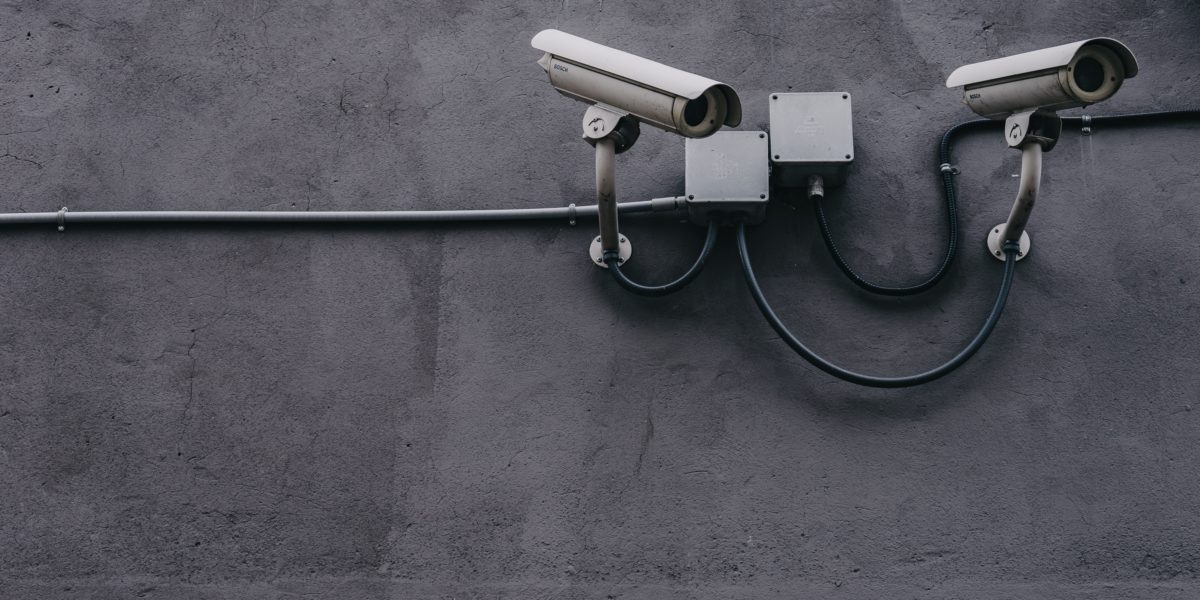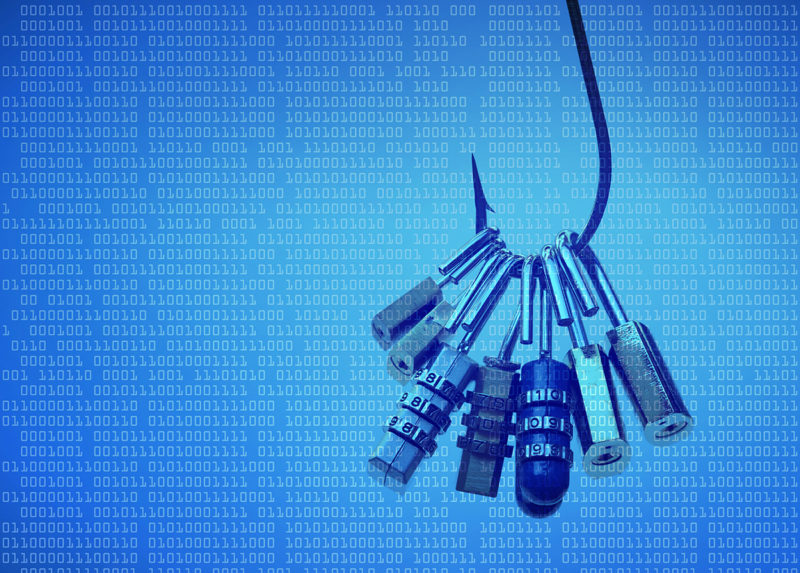Many non-profits have limited resources, so keeping your network secure is often low on the list of priorities.
However, in the past couple of years, cybercriminals have stumbled on to a goldmine of unprotected data with non-profits. In the past two years the FBI has seen a 270 percent increase in identified and exposed loss.
As a non-profit organization, you are responsible for protecting your donor information, health information, employee credentials such as social security numbers, credit card information and other sensitive information from viruses, hackers and other cybersecurity attacks.
How can a UTM help?
A Unified Threat Management (UTM) device is a firewall that contains a range of network security and protection capabilities. A UTM allows administrative monitoring and features programs such as the following:
• Anti-virus
• Anti-malware
• Content filtering
• Data loss prevention (DPN)
• Intrusion prevention system (IPS)
A UTM can strengthen non-profits network security, which can make your organizations network less vulnerable to inner and outer threats and attacks. UTMs work in the following ways:
1) Integrated Packaging
A UTM combines several security applications into a single integrated platform. This can result in reduced complexity, reduced employee training, easy migration, and protection against combined threats.
2) Packet Inspection
Information that passes through networks (including the Internet) is divided into units called packets. UTMs typically use Deep Packet Inspection to scan incoming packets for viruses, malware, and other threats before they enter a network.
3) Automatic Updates
A UTM can automatically update its signatures that detect problems so that manual interventions become infrequent. Therefore, administrators may gain confidence that their security stays up-to-date without effort on their part.
4) Administrative Management
Administrators can easily access and manage a UTM’s continuous configuration functions, such as blocking certain websites in company computers. Additionally, the absence of multiple boxes and operating systems can increase usability and save time and money in the long run.
UTMs can greatly benefit non-profit organizations, especially those that follow strict regulations and compliance such as HIPAA and PCI. As the number of malware incidents increase each year, non-profit organizations become more at risk. With many features and capabilities, UTMs can offer robust network and data protection.




